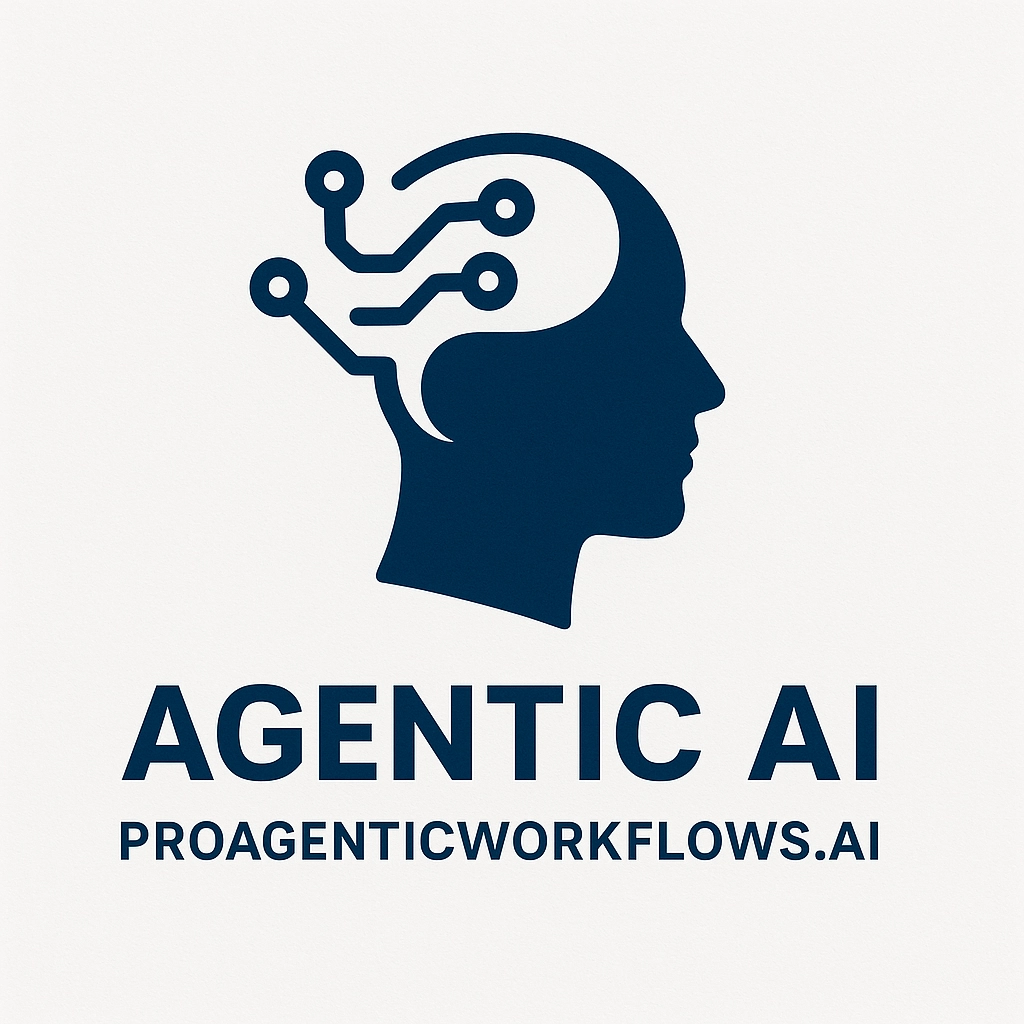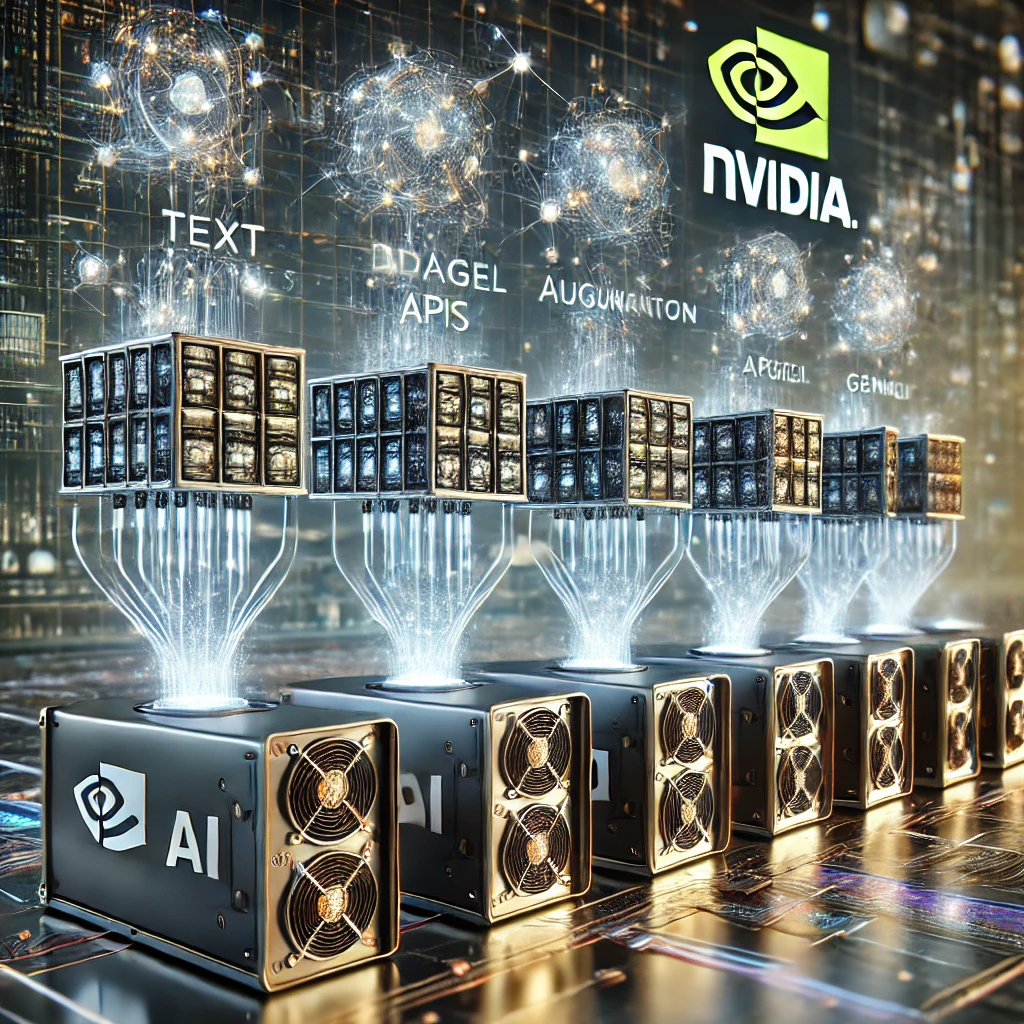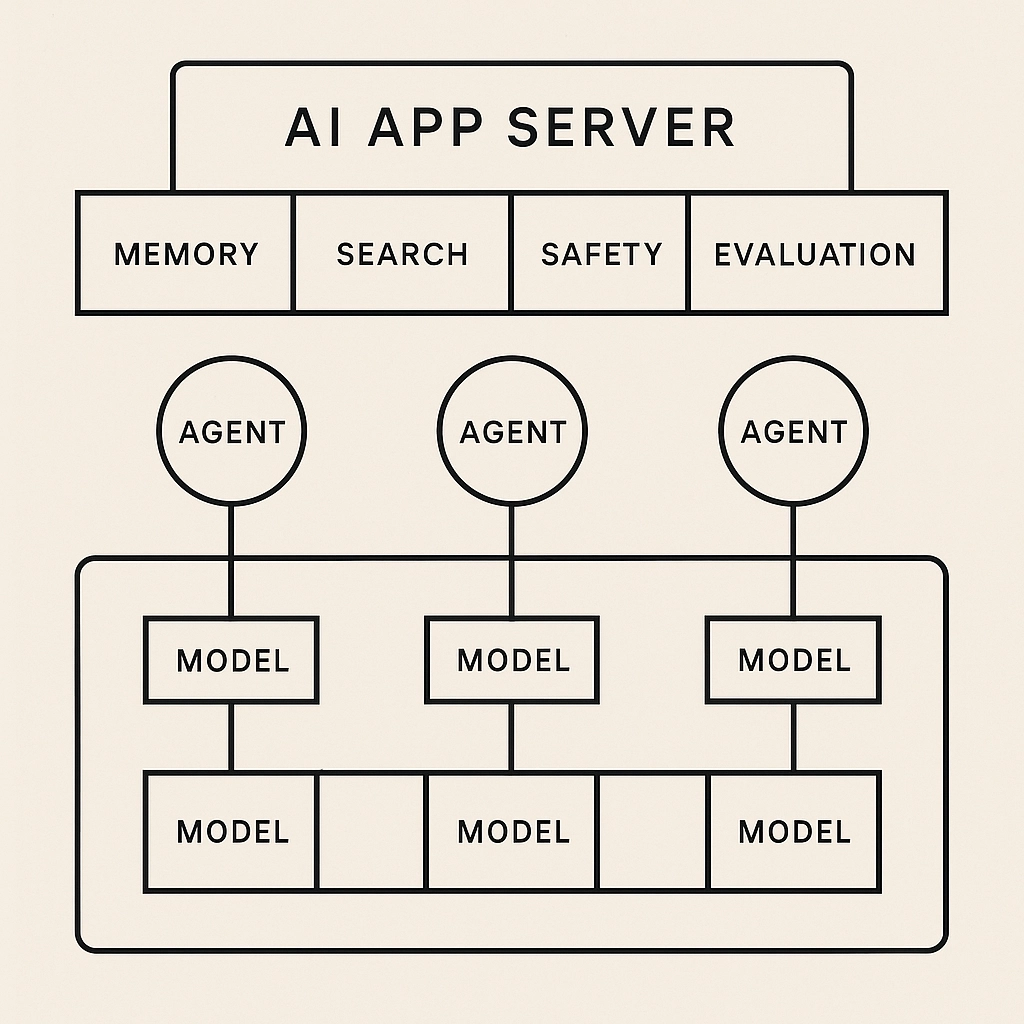TL;DR: NVIDIA NIM turns state-of-the-art models into OpenAI-compatible, GPU-optimized microservices you can run anywhere. Pair NIM LLMs with function/tool calling, NeMo Retriever for RAG, and multi-LoRA (PEFT) adapters for tenant-specific customization. Wrap it with deterministic orchestration, guardrails, and SLOs, and you’ve got agentic systems that are fast, governable, and ready for scale.
What NIM actually gives you (in production terms)
Prebuilt, optimized inference microservices: deploy foundation and open models as Docker containers on any NVIDIA-accelerated infra (cloud, DC, workstation, edge). You interact through familiar /v1/chat/completions and /v1/completions endpoints.
Function (tool) calling: let the model emit structured function arguments; your app executes the tool and loops the result back—core to agent workflows.
Built-in paths to RAG: NeMo Retriever microservices for extraction, embeddings, reranking (text & multimodal) with enterprise privacy controls.
PEFT / multi-LoRA: serve many domain/tenant adapters simultaneously (dynamic multi-LoRA) for high customization without duplicating base models.
GPU-level performance: backed by TensorRT-LLM and Triton optimizations (paged KV cache, inflight batching, quantization).
Reference architecture (agentic, governable, fast)
Client/UI (chat • forms • API) │ ├─▶ API Gateway / Auth / Rate limits │ ├─▶ Orchestrator (deterministic graph: plan → tools → verify) │ ├─ Budget manager (steps, tokens, time) │ ├─ Safety/guardrails (allow/deny; PII redaction) │ └─ Caching (response + retrieval) │ ├─▶ NIM LLM (OpenAI-compatible) ── function/tool calling │ ├─▶ NeMo Retriever NIMs (embeddings, extraction, rerank) │ ├─▶ Enterprise tools/APIs (orders, payments, search, DBs) │ └─▶ Observability (traces, tokens, latency, SLO gates)Why this works: deterministic control + tool contracts = reliability; NIM delivers the model serving guarantees; Retriever gives grounding; orchestrator enforces budgets and policies.
Capability deep-dive
1) Function/tool calling (the heart of agents)
NIM LLMs natively accept a tools array and can choose a tool plus arguments (tool_choice). Use it for lookup, transact, or verify before finalizing responses.
Minimal example (cURL):
curl -s http://localhost:8000/v1/chat/completions \ -H "Content-Type: application/json" \ -d '{ "model": "meta/llama3-8b-instruct", "messages": [{"role":"user","content":"What is my order #A123 status?"}], "tools": [{ "type": "function", "function": { "name": "get_order_status", "description": "Fetch order status by ID", "parameters": { "type": "object", "properties": {"order_id": {"type":"string"}}, "required": ["order_id"] } } }], "tool_choice": "auto", "stream": false }'Server executes get_order_status(args) and sends the result back as a new assistant tool message for the model to ground the final reply.
2) RAG that scales (NeMo Retriever)
Use NeMo Retriever NIMs for multimodal extraction, embedding, and reranking; keep sensitive corpora in your perimeter. It slots cleanly into the above flow and reduces hallucinations.
LangChain integration (snippet):
# pip install langchain-nvidia-ai-endpointsfrom langchain_nvidia_ai_endpoints import ChatNVIDIA, NVIDIAEmbeddingsllm = ChatNVIDIA(model="meta/llama3-8b-instruct", base_url="http://localhost:8000/v1", api_key="not-used")emb = NVIDIAEmbeddings(model="nvidia/nv-embed-v1") # Retriever NIM# Build a standard LCEL RAG chain with your vector store…3) Tenant-aware customization with PEFT (LoRA)
Ship one base model; attach many LoRA adapters per tenant/domain at inference time. NIM supports dynamic multi-LoRA and adapter limits/refresh control via env settings—great for multi-region, multi-BU deployments.
4) Throughput & cost control
Under the hood, NIM leverages TensorRT-LLM (quantization, inflight batching, paged KV cache, speculative decoding) and Triton for high-utilization serving. You get lower P95 latency and better $/1K tokens at the same GPU budget.
How to operate NIM-based agents (a concrete playbook)
SLOs & gates
Task Success Rate (TSR), Groundedness, Safety violations (must be 0), P95 latency, Cost/task. Ship behind shadow → canary → GA with auto-rollback on gate breach.
Budgets
Enforce steps/time/tokens per request; block tool calls without preconditions (auth, idempotency, limits).
Observability
Log: model, adapter, tokens in/out, tool calls, retrieval hits, TTFT, P95, and finish reasons. Tie dashboards to per-route metrics (order status vs. refunds).
Autoscaling
CPU/GPU-aware HPA; pin large models; use adapter limits to avoid OOM when loading many LoRAs.
Security & posture
Self-hosted on your GPUs; keep data in-region; gate irreversible tools behind human approval.
When to choose NIM (vs. DIY serving)
Pick NIM when you need:
OpenAI-compatible APIs with GPU-level efficiency and vendor-maintained containers.
Function calling out of the box for agents.
RAG microservices and multi-LoRA customization at scale.
DIY is fine for tinkering; NIM shines when SLOs, compliance, and scale matter.
30/60/90 rollout
Days 0–30 (MVP, safe):
Stand up a chat/completions NIM and a Retriever NIM.
Implement function calling for 1–2 high-value tools.
Add basic SLOs (TSR, P95) and redaction.
Days 31–60 (scale coverage):
Introduce multi-LoRA per tenant; cache retrieval; add cost/latency gates.
Build “evidence or abstain” policy to cut hallucinations.
Days 61–90 (harden):
Canary per route; model/adaptor version pinning; drift monitors.
Add batch and speculative decoding for higher throughput.
Common pitfalls (and fixes)
Treating the LLM as the orchestrator. Keep control flow deterministic; LLMs fill in parameters and prose.
Skipping evidence. Require Retriever hits or tool outputs before final answers.
Over-prompting, under-caching. Add response+retrieval caches; stream outputs for UX.
Adapter sprawl. Set adapter quotas; monitor VRAM; evict least-used.
Final take
NIM gives you a production substrate for agentic apps: performant serving, industry-standard APIs, built-in function calling, RAG microservices, and LoRA-at-scale customization. Wrap it in sober orchestration, guardrails, and SLOs—and you’ll ship agents that are useful on day one and operable on day 1000.






Comments